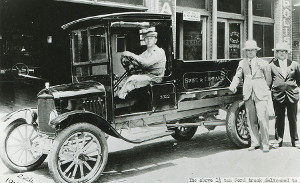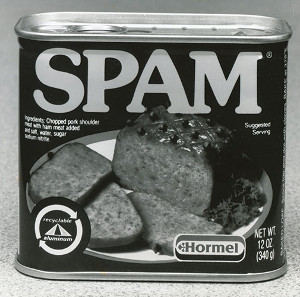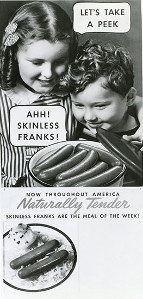The following dates reference some industry and publication highlights during The National Provisioner’s second 25 years in business.
For highlights from the first 25 years, view Part 1 of our timeline.

1917
- After the U.S. enters World War I, the meat industry expands its meat supply to help supply U.S. and allied troops.
- The International Baby Chick Association reached agreement with the U.S. Postal Service to accept and transport live poultry (mostly chicks) via parcel post.
1918
- Meats canned in Chicago totaled 1.5 million pounds per week.
1920s-1930s
- Chicken meat production, previously a subsidiary of the egg industry, began with the development of the broiler — a chicken raised specifically for its meat.
Additional Content:
Bryan Salvage details the second 25 years - Read Now
Guest column by Jim Camillo - Read Now
1920
- First self-service meat counters open in retail stores.
- First shipments of railroad car lots of live chickens for slaughter from production areas to big cities such as New York took place.
- Commercial poultry men began crossing pure breeds to improve productive characteristics. Although cross-breeding was successful for creating birds specialized for meat production, this was not the case for table-egg production.
1921
- U.S. Congress passes Packers and Stockyards Act and creates the P&S Administration, which regulated livestock trading to protect ranchers.
1922
- National Live Stock and Meat Board founded by meat producers and packers as the first industry agency organized to enhance the public image of meat and strengthen consumer dollar demand via nutrition research, public information, consumer education and retail promotion.
1922
- Vitamin D (sunshine vitamin) discovered and fed to chickens for year-round production. Meat, such as dead rabbits, no longer had to be made available to chickens during the winter.
1925
- USDA approves mild flavored “last cure” with sodium nitrite as active ingredient.
1926
- Cellulose sausage casings developed.
- Semi-sterile canned hams packed into oval cans for retail sales for the first time.
- A major advertising campaign launches.
1927
- Federal meat-grading service set up by the USDA.
1930
- On Aug.4, Bethpage, New York-based King Kullen Grocery Co. Inc., founded by Michael J. Cullen, became “America’s First Supermarket.”
1933
- National Rendering Association founded.
1934
- Three-quarters of the U.S. suffers from drought. Government relief purchases of cattle, sheep and hogs used by packers to make canned and frozen meat.

1937
- SPAM luncheon meat launched by Geo. A. Hormel & Co.
- Air-conditioned smokehouses launched.
- First large-scale one- and two-story plants are constructed.
- Artery ham pumping is now a common process.
1939
- American Association of Meat Processors founded.
- Successful sausage-linking machines are developed.

1940
- National advertising campaign launched by the Institute of American Meat Packers (now the North American Meat Institute) to educate consumers about meat.
1941
- Dec. 7, the U.S. is attacked by Japanese and enters World War II. The meat industry once again supplies troops with its products but also suffers due to price controls.




Report Abusive Comment